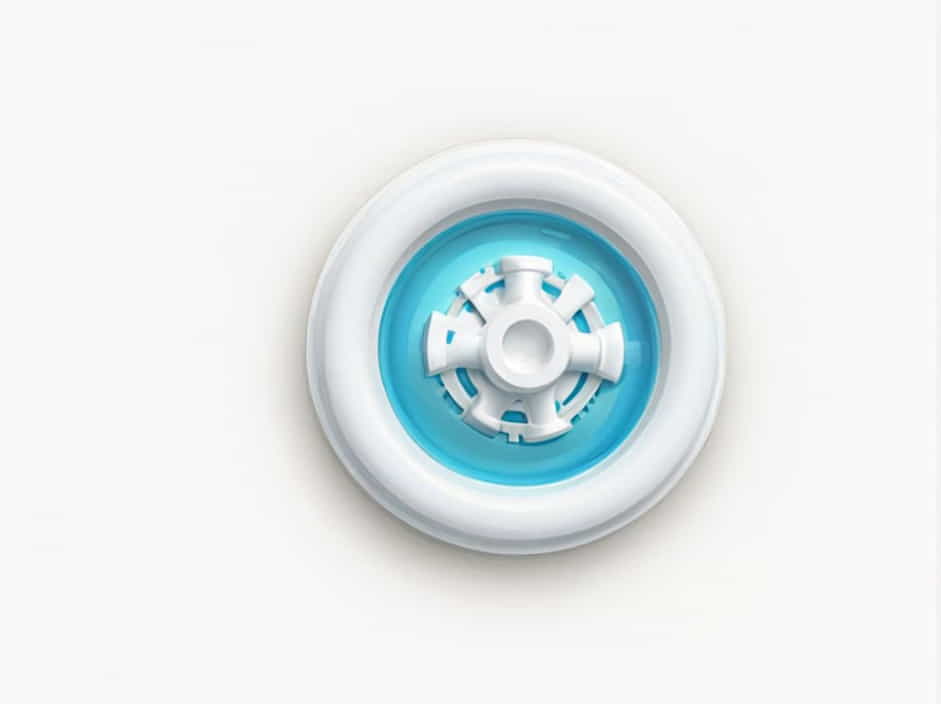The bicuspid valve, also known as the mitral valve, is a crucial part of the human heart. It ensures the proper flow of blood from the left atrium to the left ventricle, preventing backflow. The flaps (cusps) of the bicuspid valve are held in place by chordae tendineae, which are essential for maintaining valve function and preventing valve prolapse.
Understanding the structure and function of the bicuspid valve is vital for grasping how the heart works efficiently and how conditions like mitral valve prolapse or regurgitation can affect cardiovascular health.
Anatomy of the Bicuspid (Mitral) Valve
The bicuspid valve is one of the four heart valves, specifically located between the left atrium and left ventricle. It consists of:
- Two cusps (flaps): Anterior and posterior
- Chordae tendineae: String-like structures holding the cusps
- Papillary muscles: Muscles that anchor the chordae tendineae
- Valve annulus: A fibrous ring that supports the structure
Together, these components ensure unidirectional blood flow and prevent the backflow of blood into the atrium.
What Holds the Flaps of the Bicuspid Valve in Place?
1. Chordae Tendineae: The Heart Strings
The chordae tendineae are thin, yet strong, fibrous cords that connect the cusps of the bicuspid valve to the papillary muscles inside the left ventricle. These structures:
- Prevent the cusps from inverting into the atrium during ventricular contraction.
- Help maintain tight closure of the valve, preventing blood leakage.
- Are made of collagen and elastin, ensuring flexibility and durability.
Without the chordae tendineae, the valve cusps would prolapse, leading to mitral regurgitation, where blood leaks backward into the left atrium.
2. Papillary Muscles: The Supporting Pillars
The papillary muscles are located inside the left ventricle and serve as the anchor points for the chordae tendineae. Their role includes:
- Contracting in sync with the ventricle, keeping the chordae tendineae taut.
- Preventing excessive movement of the valve cusps.
- Ensuring that the valve closes properly with each heartbeat.
If the papillary muscles are damaged, such as after a heart attack, the bicuspid valve may fail to function properly.
How the Bicuspid Valve Works in Blood Circulation
The bicuspid valve plays a crucial role in the cardiac cycle by regulating blood flow:
-
Diastole (Filling Phase):
- The left atrium fills with oxygenated blood from the lungs.
- The bicuspid valve opens, allowing blood to pass into the left ventricle.
-
Systole (Pumping Phase):
- The left ventricle contracts, increasing pressure.
- The bicuspid valve closes, preventing backflow into the atrium.
- The aortic valve opens, allowing blood to flow into the aorta and the rest of the body.
The chordae tendineae and papillary muscles work together to ensure that the valve remains shut during systole, preventing regurgitation.
Common Disorders of the Bicuspid Valve
Several conditions can affect the function of the bicuspid valve and its supporting structures:
1. Mitral Valve Prolapse (MVP)
- Occurs when the valve flaps bulge backward into the left atrium.
- Can cause a clicking sound or a murmur during a heartbeat.
- Symptoms include fatigue, palpitations, and dizziness.
2. Mitral Regurgitation
- Happens when the valve does not close properly, leading to blood leakage.
- Can be caused by weakened chordae tendineae or damaged papillary muscles.
- Leads to shortness of breath, fatigue, and swelling in severe cases.
3. Mitral Stenosis
- The valve narrows, restricting blood flow from the left atrium to the left ventricle.
- Often results from rheumatic heart disease or congenital defects.
- Causes chest pain, shortness of breath, and irregular heartbeats.
4. Ruptured Chordae Tendineae
- Can occur due to trauma, infection, or degenerative diseases.
- Leads to sudden mitral regurgitation, requiring immediate medical attention.
Diagnosis and Treatment of Bicuspid Valve Disorders
Diagnosis
Doctors use several techniques to diagnose bicuspid valve issues:
- Echocardiography: Uses ultrasound to visualize valve movement.
- Electrocardiogram (ECG): Detects abnormal heart rhythms.
- MRI or CT scans: Provide detailed heart structure imaging.
- Cardiac catheterization: Measures pressure inside the heart chambers.
Treatment Options
Depending on the severity of the condition, treatment may include:
-
Medications
- Beta-blockers to regulate heart rate.
- Diuretics to reduce fluid buildup.
- Anticoagulants to prevent blood clots.
-
Surgical Procedures
- Mitral valve repair: Fixing damaged chordae tendineae or papillary muscles.
- Mitral valve replacement: Using a mechanical or biological valve.
-
Lifestyle Changes
- Maintaining a heart-healthy diet low in sodium and cholesterol.
- Engaging in regular exercise to strengthen the heart.
- Avoiding smoking and excessive alcohol consumption.
The bicuspid valve plays a vital role in maintaining efficient blood circulation in the heart. The chordae tendineae and papillary muscles are essential in holding the valve flaps in place, ensuring that blood flows in the correct direction.
Understanding how the bicuspid valve works and recognizing potential disorders can help individuals take proactive steps toward heart health. If symptoms of valve dysfunction occur, seeking early medical intervention can prevent complications and improve overall cardiovascular well-being.
